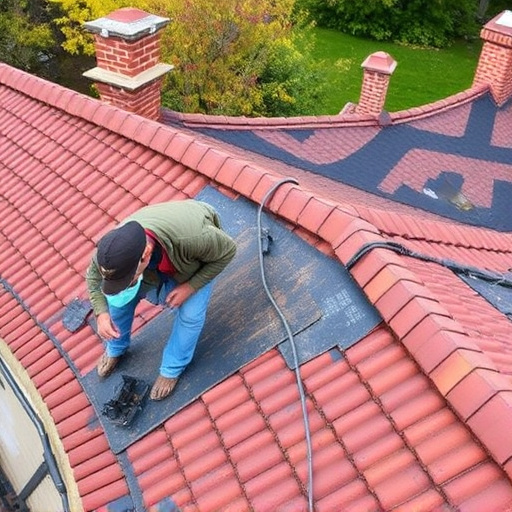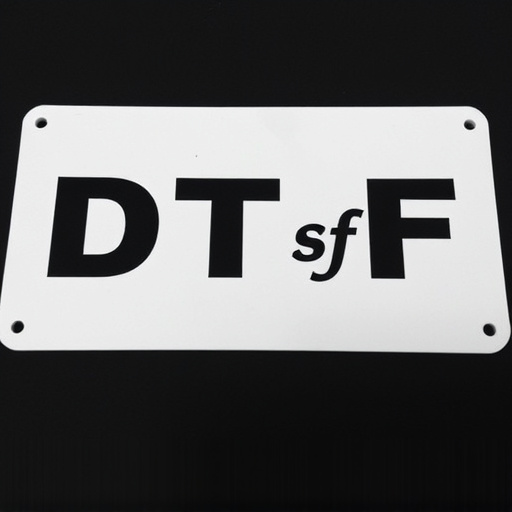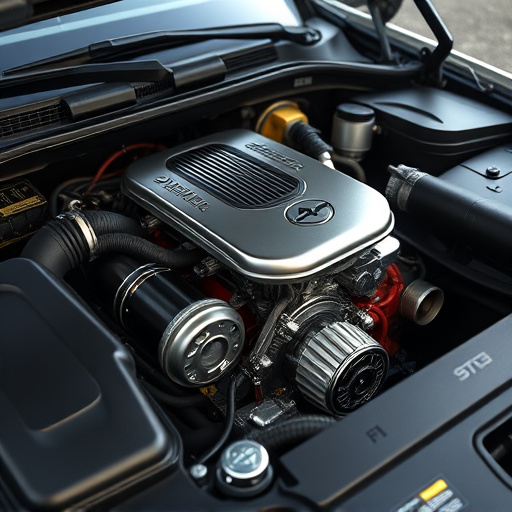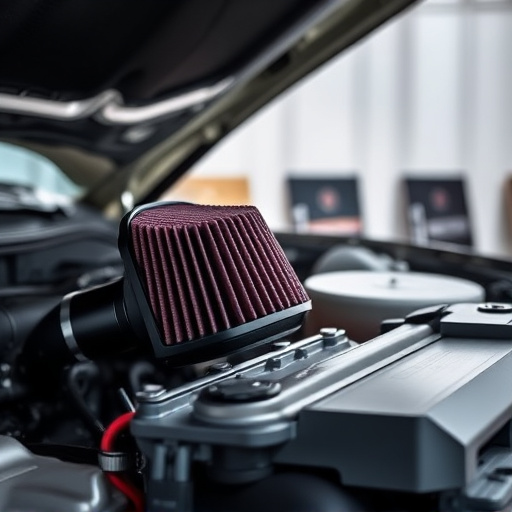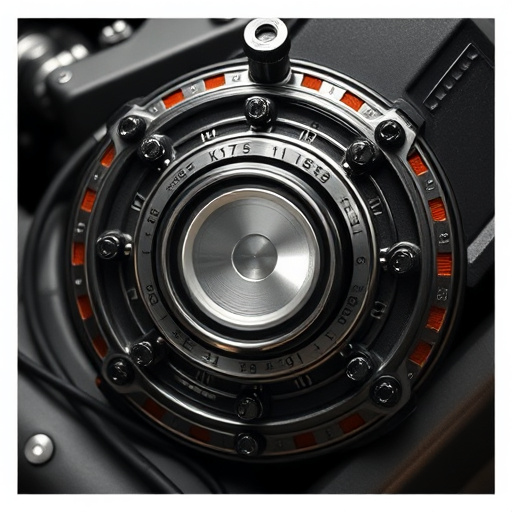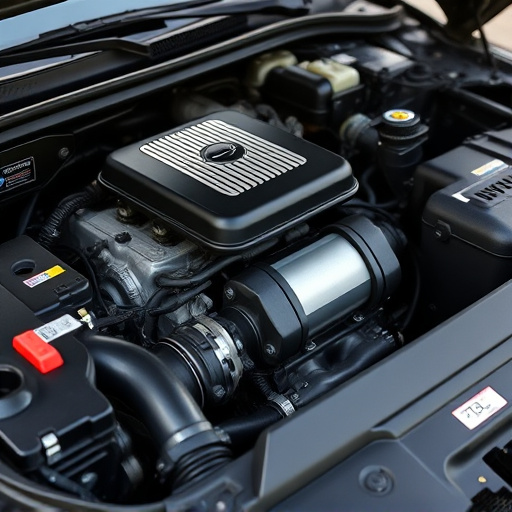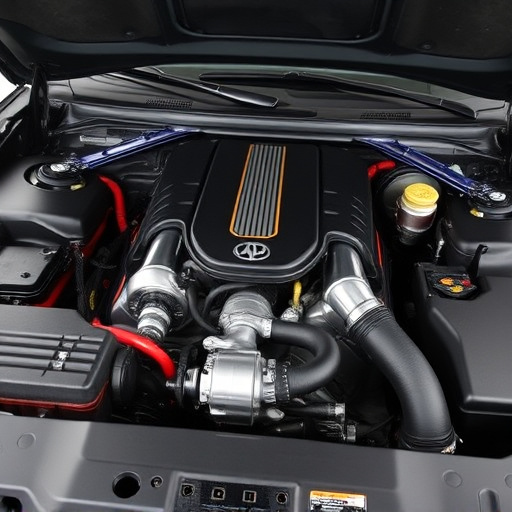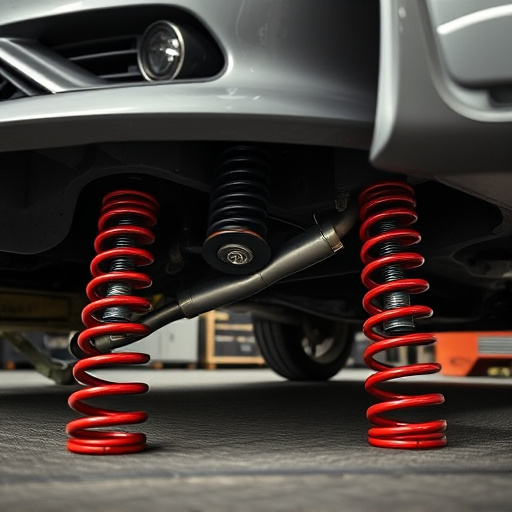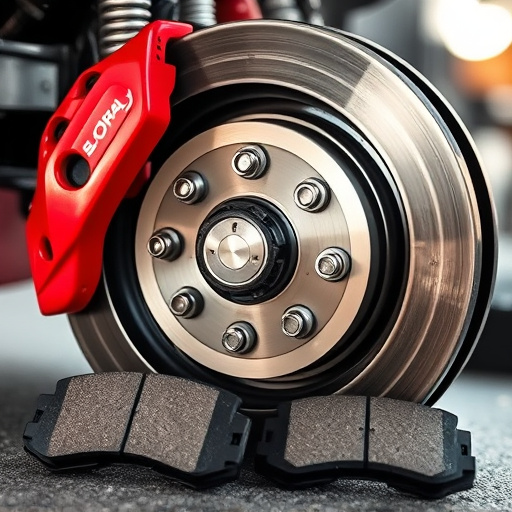Upgrading to a dual exhaust system offers enhanced engine performance through better gas dispersion and increased power. This setup requires skilled technicians due to complex installation, involving specialized knowledge and precise modifications. Key components like headers, mufflers, and air filters balance aesthetics and performance, with costs driven by high-quality materials for durability. Installation varies by vehicle, but essential parts ensure optimal efficiency and safety improvements.
Upgrading to a dual exhaust system can significantly enhance your vehicle’s performance, but it comes with varying costs. This article breaks down the expenses involved in transitioning from a single exhaust setup to a dual one. We’ll explore the key components of a dual exhaust system, dissect labor costs and installation procedures, and analyze material expenses such as tubes, hangers, and other vital parts. By understanding these cost factors, you’ll be better equipped to plan and budget for this modification.
- Understanding the Components of a Dual Exhaust System
- Labor Costs and Installation Procedures
- Material Expenses: Tubes, Hangers, and Other Parts
Understanding the Components of a Dual Exhaust System
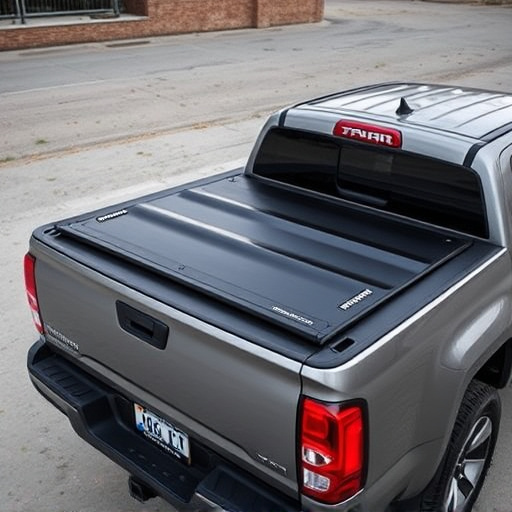
A dual exhaust system is a complex network of components designed to enhance performance and optimize gas flow. At its core, it consists of two separate exhaust manifolds, diverging from the engine’s cylinder heads. This configuration allows for better dispersion of gases, improving both power and efficiency. The system further comprises performance air filters that capture pollutants, ensuring cleaner emissions. Exhaust pipes, often ending in stylish muffler tips, carry the spent gases away from the vehicle, reducing noise levels while maintaining optimal performance.
Each component plays a crucial role in the overall functioning of the dual exhaust system. For instance, the headers direct exhaust gases efficiently, while the mufflers mitigate noise without compromising airflow. Understanding these parts is essential when considering an upgrade, as it allows car enthusiasts to make informed decisions about their vehicle’s performance and aesthetics, particularly when it comes to selecting suitable muffler tips or performance air filters.
Labor Costs and Installation Procedures
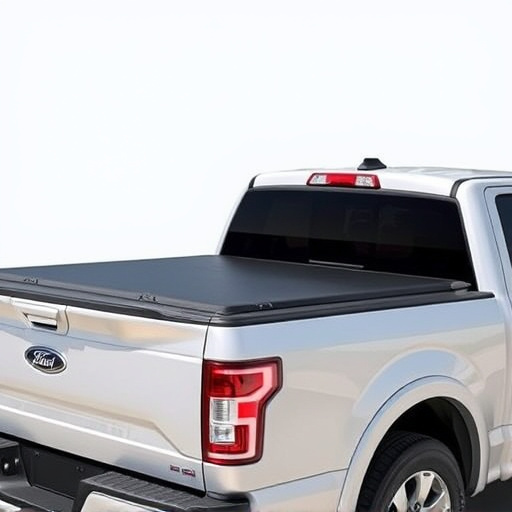
Upgrading to a dual exhaust system involves significant labor costs, which can vary based on several factors such as the vehicle’s make and model, the complexity of the job, and the location of the repair shop. The installation process typically requires skilled technicians who possess specialized knowledge of automotive systems. They need to carefully remove the old exhaust components, modify the factory-fitted layout, and precisely position new pipes, mufflers, and cat back exhaust systems. This intricate work demands attention to detail to ensure optimal performance and minimize potential hazards.
During installation, mechanics often replace standard muffler tips with high-performance parts designed to enhance engine sound and improve overall system efficiency. The labor costs for this procedure can be substantial, reflecting the expertise and time required to navigate a vehicle’s unique structural and mechanical features. Properly executed, these steps contribute to a smoother driving experience and potentially increase the overall value of the vehicle, showcasing a refined and powerful dual exhaust system.
Material Expenses: Tubes, Hangers, and Other Parts

Upgrading to a dual exhaust system involves a significant cost breakdown, with material expenses forming a substantial part of the overall budget. The primary components driving this cost are high-quality tubes, hangers, and various other parts essential for the system’s functionality and durability. Stainless steel and aluminum are commonly preferred materials due to their resistance to corrosion and heat, ensuring optimal performance over time. These materials contribute significantly to the overall price tag but offer long-lasting reliability.
When considering a dual exhaust setup, it’s crucial to factor in the cost of air filter kits, which play a vital role in maintaining engine efficiency and reducing emissions. Additionally, brake pads and brake components should be accounted for, as they are integral to ensuring safe and controlled driving during the installation process. These secondary items contribute to a well-rounded and secure upgrade experience, enhancing both performance and safety features of your vehicle.
Upgrading to a dual exhaust system involves a combination of labor costs, material expenses, and installation procedures. By understanding the components, the required materials, and the associated labor, vehicle owners can make informed decisions about this modification. Investing in a dual exhaust system not only enhances performance but also contributes to a more refined driving experience, making it a worthy upgrade for many vehicle enthusiasts.




